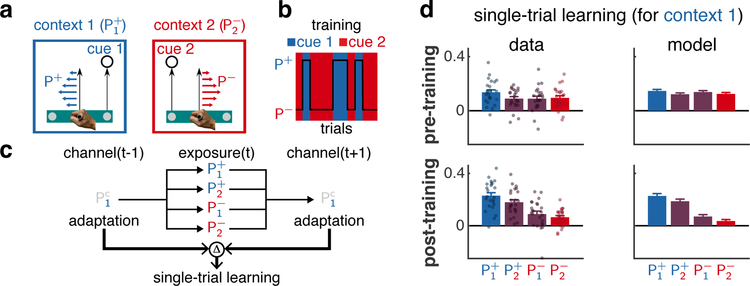Fig. 3 |. Memory updating depends on contextual inference.
a, Participants experienced two contexts defined by a sensory cue (right or left target) paired with a perturbation sign (P+ or P−). Participants moved a control point (right vs. left, grey disk) on a virtual bar to the corresponding target 19. For clarity, schematic not to scale. The colours of cues and perturbations indicate the context to which they are associated (blue and red for context 1 and 2, respectively). b, Training: cues (background colour) were consistently paired with perturbations (black line) randomly selected on each trial (only a few trials shown for clarity). c, Triplets: two channel trials (both with cue 1, ) bracket an ‘exposure’ trial that uses one of the four possible cue-perturbation combinations. Single-trial learning for the memory associated with context 1 is measured as the difference (Δ) in adaptation across the two channel trials. d Single-trial learning for context 1 before (top) and after (bottom) training. Experimental data (mean ± SEM, column 1) across n = 24 participants (dots). Positive values indicate single-trial learning consistent with the exposure trial perturbation (increase following P+ and decrease following P−). The average (± SEM across participants, column 2) of the individual COIN model fits (8 parameters each, Extended Data Fig. 3).

